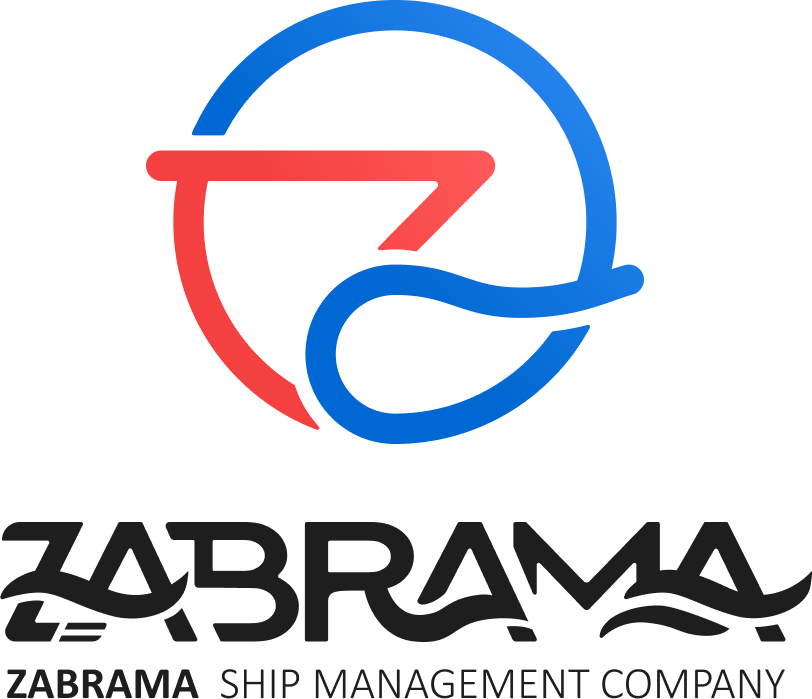The maritime shipping industry, a critical component of the global economy, continued to showcase its resilience in 2021 despite the lingering effects of the COVID-19 pandemic. This article provides an analysis of key statistics and trends that shaped global shipping in 2021, shedding light on cargo volumes, shipping routes, port congestion, and changes in fleet capacity.
Cargo Volumes and Market Demand
In 2021, global seaborne trade experienced a significant recovery. According to data from the United Nations Conference on Trade and Development (UNCTAD), seaborne trade volumes grew by approximately 4% from 2020. This increase reflected a rebound in consumer demand as global economies reopened. Total cargo volumes reached around 12 billion metric tons, recovering from the decline seen in 2020 when the pandemic heavily disrupted logistics and consumer spending.
Among the primary categories of seaborne trade, container shipping saw the most remarkable recovery, with global containerized trade increasing by over 6% in 2021. This growth was driven by higher demand for manufactured goods, electronics, and consumer products, particularly from Asian economies, which are pivotal in global production chains. The dry bulk segment, carrying commodities like iron ore, coal, and grains, also experienced steady growth, driven by a rise in industrial output, infrastructure projects, and energy demand. However, liquid bulk, including crude oil and liquefied natural gas (LNG), witnessed slower recovery due to the gradual global energy demand rebound.
Major Shipping Routes and Port Congestion
2021 saw a record level of congestion across many major ports, particularly along the critical Asia-Europe and Trans-Pacific routes. Port congestion became one of the year’s defining issues, causing significant shipping delays and escalating costs. The Port of Los Angeles and Long Beach in the United States, together handling roughly 40% of U.S. container imports, faced severe bottlenecks, with ships waiting days or even weeks for unloading. Similarly, major ports in China, including Yantian, Ningbo, and Shanghai, experienced delays, amplifying the global backlog of goods waiting to be moved.
In addition to congestion, the Suez Canal blockage in March 2021 by the Ever Given cargo ship underscored the vulnerabilities of critical chokepoints in global trade. This incident halted nearly 12% of global trade for six days, creating backlogs that took weeks to resolve and contributing to further disruptions in global supply chains.
Fleet Growth and Capacity
To meet rising demand, the global shipping fleet expanded throughout 2021. The capacity of the global container fleet increased by approximately 4.5% as shipping companies ordered new vessels and expanded their fleets. However, this increase in capacity was limited by challenges in shipbuilding due to material shortages and rising costs. The global container fleet reached an estimated total capacity of over 25 million twenty-foot equivalent units (TEUs) by the end of the year.
Interestingly, the 2021 fleet expansion also saw a shift towards more sustainable vessels, with numerous companies investing in fuel-efficient and eco-friendly designs to reduce greenhouse gas emissions. This trend reflects the industry’s response to stricter environmental regulations, particularly the International Maritime Organization’s (IMO) goal to reduce greenhouse gas emissions by 50% by 2050. LNG-powered ships, which emit fewer greenhouse gases, gained popularity, with more orders placed for dual-fuel vessels that can switch between traditional fuels and LNG.
Shipping Costs and Freight Rates
Shipping rates surged throughout 2021, driven by increased demand, limited capacity, and port congestion. The cost of shipping a container from China to the U.S. West Coast rose significantly, with some spot rates surpassing $10,000 per TEU. By comparison, pre-pandemic rates typically ranged from $1,500 to $2,500 per TEU on the same route. The freight rate increase significantly impacted industries reliant on global supply chains, from electronics to retail goods, as companies passed on higher shipping costs to consumers.
Bulk carriers also saw increased freight rates, particularly in the dry bulk sector, where high demand for commodities such as coal, iron ore, and grains led to record-high charter rates. The Baltic Dry Index (BDI), a key indicator of bulk shipping costs, reached its highest levels in over a decade in 2021.
Industry Challenges and the Path Forward
In conclusion, 2021 was a year of recovery and adaptation for the global maritime shipping industry. While cargo volumes rebounded and fleet capacity expanded, the industry faced unprecedented challenges, including port congestion, rising shipping costs, and environmental concerns. Shipping companies are now investing in advanced logistics solutions, sustainable vessel designs, and expanding fleet capacity to address these issues and ensure smoother operations in the coming years. With consumer demand projected to remain strong and ongoing efforts to optimize shipping operations, the maritime industry remains a critical enabler of global trade and economic growth.
As we look toward the future, further technological innovation and regulatory support will play pivotal roles in enabling the industry to meet the demands of a rapidly changing global economy.


